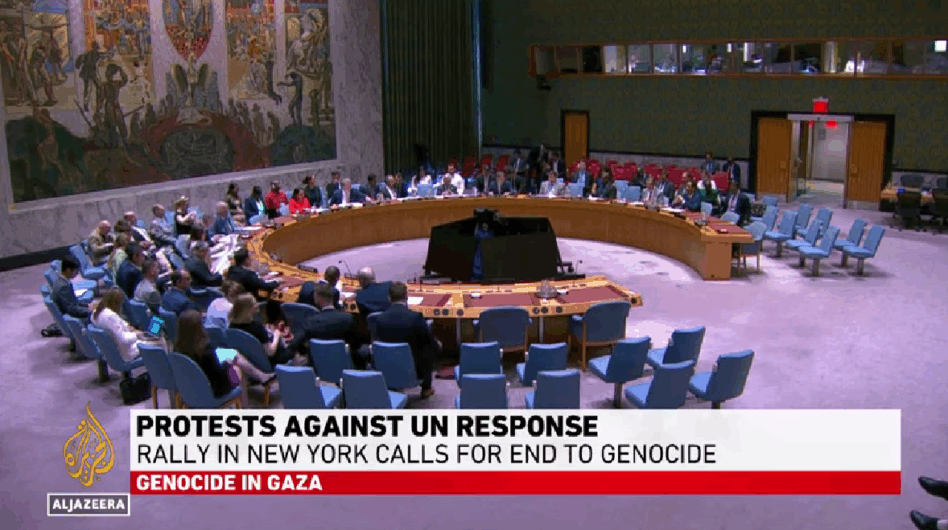CREDIT profile of Islamic banks are expected to remain stable in 2022 with further recovery in profitability from the normalisation of operating income and credit costs towards pre-pandemic levels keeping banks’ capital levels steady.
Moreover, high public demand for Islamic products and long-standing government and regulatory support will also continue to support the sector in 2022, according to Fitch Ratings.
“Malaysia is leading the global Islamic finance industry in terms of regulation, standardisation and diversity of local sukuk (Islamic bond) issuance,” Bashar Al-Natoor, Fitch Ratings’ global head of Islamic finance pointed out in a non-rating action commentary.
“Moreover, Malaysia continues to be the home of the world’s largest outstanding sukuk market, and ASEAN’s largest Islamic banking, Islamic fund and takaful (Islamic insurance) markets.”
Islamic financing growth in Malaysia remained resilient in 2021, supported by steady housing-financing demand and a pick-up in working-capital financing.
This trend is likely to continue in 2022 alongside an accelerating economic recovery (2022F GDP [gross domestic product] growth: 6.5%, 2021E: 3.6%) and improving asset-quality clarity as COVID-19 relief measures are unwound.
A new financial sector blueprint (2022-2026) issued by Bank Negara Malaysia (BNM) has highlighted wider adoption of sustainable financing where Islamic banks have led conventional peers and have already accounted for more than a quarter of Islamic financing approved between 2017 and 2020.
Differing outlook for sukuk
While the recovery pace is deemed sustainable for the Islamic banking sector, sukuk issuance volumes are expected to be flat at best in 2022 amid lower and more expensive global and regional liquidity, increased complexity, and reduced financing needs for some core Islamic finance countries.
This follows S&P Global Ratings’ assumption that a period of higher oil prices together with higher production and tighter spending control will result in lower financing needs for some core Islamic finance countries.
“Amid a tight job market, accelerated inflation readings over the past few months, and increasingly hawkish forward guidance from the US Federal Reserve, we now expect three rate hikes in 2022 with the first expected in May,” projected the rating agency in a recent report.
“This would trigger a similar increase in interest rates from Gulf Cooperation Council (GCC) central banks given their currency pegs to the US dollar.”
Outside of these broader trends, the sukuk market faced a period of dislocation in 2021 due to the implementation of Accounting and Auditing Organisation for Islamic Financial Institutions’ (AAOIFI) Standard 59.
In the United Arab Emirates (UAE), for example, sukuk issuance volume dropped 64% in part because of the additional complexity introduced by this standard.
“Although legal solutions were implemented, the change has negatively affected sukuk issuance appetite from issuers and investors,” opined S&P S&P Global Ratings. “This, combined with the abovementioned factors, leads us to expect sukuk issuance volume will stabilise at about US$145 bil-US$150 bil in 2022.”
On a positive note, however, the rating agency foresees opportunities created by the energy transition in core Islamic finance countries, higher environmental, social and governance (ESG) awareness from regional issuers, and stronger automation using fintech solutions as likely to support future sukuk market growth. – Feb 9, 2022









